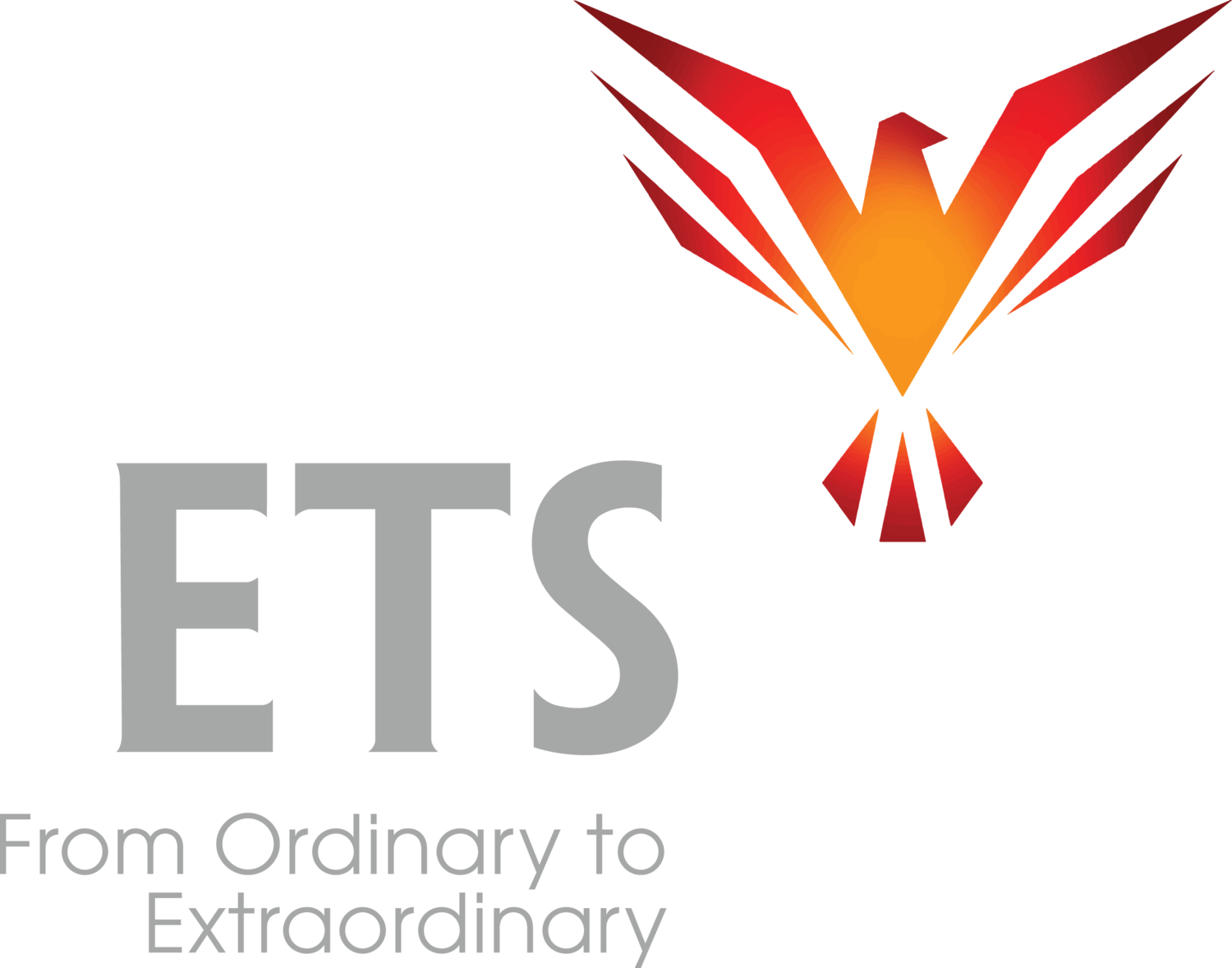Larry, the Senior Vice President, was horrified.
It was an important meeting with important people. He was watching Victor, a newly promoted Vice President, and was completely horrified by what he saw. It wasn’t about what Victor was saying…he wasn’t saying anything. The problem was what Victor was doing.
Larry sent me an email saying, “You’ve got to coach Victor on his Executive Presence immediately!”
I said, “What specifically?”
It turned out to be something I’ve been coaching a surprisingly large number of people on, so I decided to write about it.
Larry said, “Victor is doing great work. But when he’s in a meeting, Victor looks totally bored, completely disengaged. He’s too relaxed, leaning back in his chair, totally disinterested. And often he has a disgusted look on his face. He’s creating a horrible impression.”
I told Larry, “No problem, it’s an easy fix.”
It was. It was one of the fastest coaching transformations in the history of the world.
